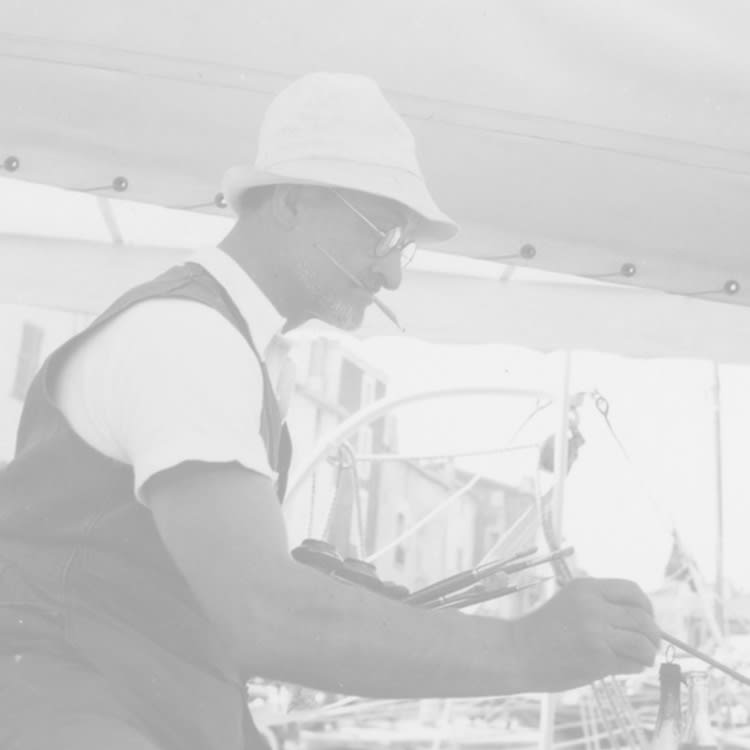CHARLES CAMOIN 1879-1965
From 1895, Charles Camoin is an artist who trained in drawing at the École des Beaux-Arts in Marseille, before joining Gustave Moreau’s studio in Paris. There, he befriended Henri Matisse, Albert Marquet, and Henri Manguin, with whom he exhibited at Galerie Berthe Weill and participated in the 1905 Salon d’Automne, a key event marking the birth of Fauvism.
His Mediterranean landscapes, infused with vibrant light and intense colors, illustrate the transition between Impressionism and Fauvism. However, it is in his portraits that the Fauvist aesthetic is most striking, expressed through bold tones and expressive compositions.
In 1908, he held his first solo exhibition at Daniel-Henry Kahnweiler’s gallery in Paris. His success quickly spread internationally: Charles Camoin is an artist whose works circulated in leading European avant-garde exhibitions, notably in Moscow, Prague, Brussels, and New York, solidifying his central role in the development of modern art.


